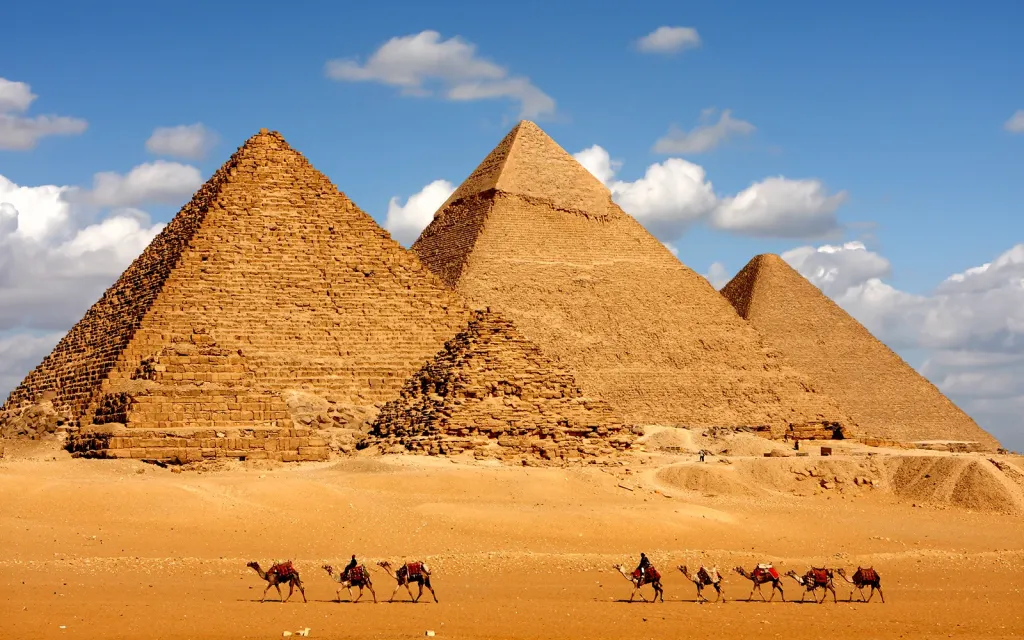The discovery of a hidden tributary of the Nile near the great pyramids in Egypt sheds light on the age-old question of how ancient Egyptians were able to transport the huge blocks of stone needed to build these wonders of the world. Scientists have discovered a long-forgotten river flowing through a chain of more than 30 pyramids, including the famous pyramids of Giza.
The ancient tributary of the river, known as Ahramat, may have played a critical role in the construction strategy by providing a means to easily transport large construction materials and labor to the construction site, according to lead researcher Eman Ghoneim of the University of North Carolina Wilmington. construction site.
This 64-kilometer-long river was hidden beneath desert and farmland for thousands of years until it was discovered by satellite radar images. In addition to reconstructing the river’s route, field research and sediment analysis confirmed the river’s existence, adding weight to the waterway theory.
The study, published in the journal Communications Earth&Environment, suggests that the river’s decline may have begun around 4,200 years ago during a severe drought, contributing to gradual siltation. This geographical feature explains why there are 31 pyramids along this river in the Nile Valley.
Many of the pyramids had a “ceremonial route” that ran along the river and ended at the Valley Temples, which served as important logistics and cult points for ancient Egyptians, according to the study. This discovery not only highlights the importance of the river in the construction of the pyramids, but also helps understand why the pyramids are located in these locations. The Ahramat River must have not only transported materials, but also provided vital connections between various parts of the vast construction project.
This discovery also shows how climate fluctuations and geographical changes affected the choice of sites for the construction of pyramids. Over time, as the river’s direction and water volume changed, dynasties changed their approach to the location of the pyramids, favoring new locations that better adapted to the changing landscape.
Scientists state that the existence of such a river explains why the ancient Egyptians chose these places, which required a large amount of materials and labor, to build the pyramids. The river served not only as a transportation corridor but also as a central element in the ceremonial and social aspects of ancient Egyptian life.
This discovery allows for a deeper understanding of how ancient civilizations adapted to their natural conditions and used them to implement large-scale engineering and architectural feats. Thus, the discovery of the submerged Ahramat River not only reveals the secrets of the past, but also sheds light on the relationship between the environment and human engineering in ancient times.
Source: Port Altele
